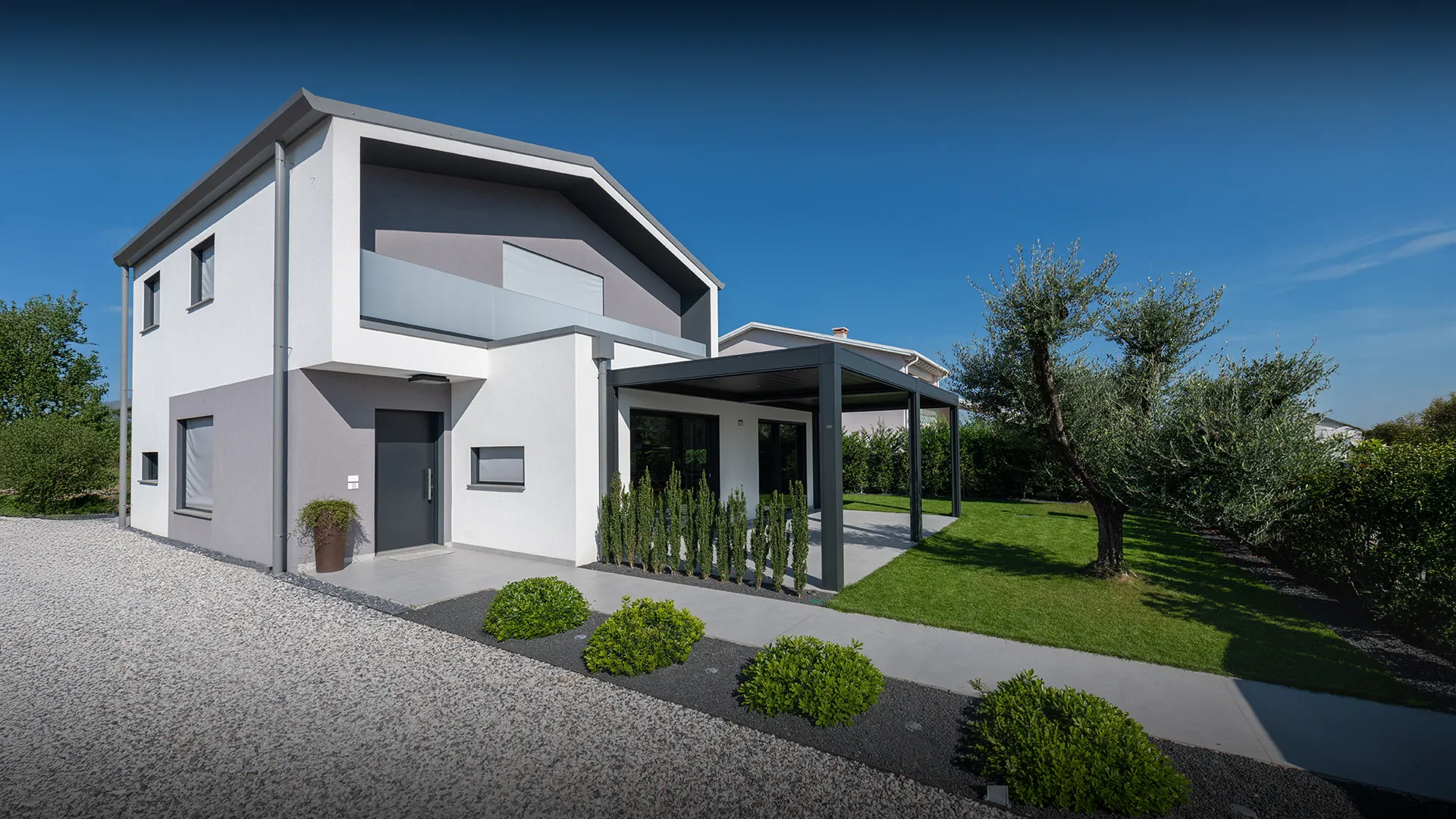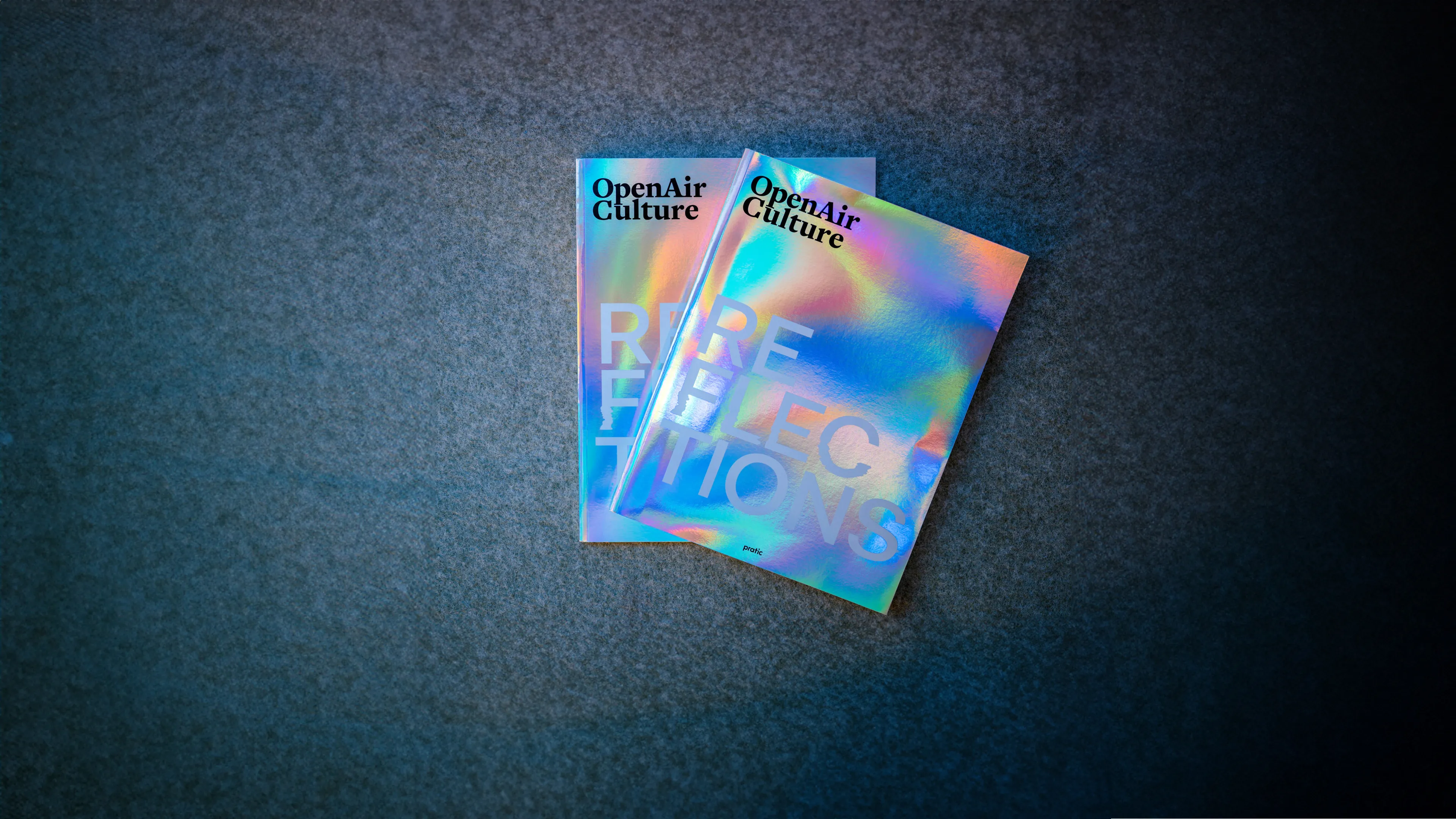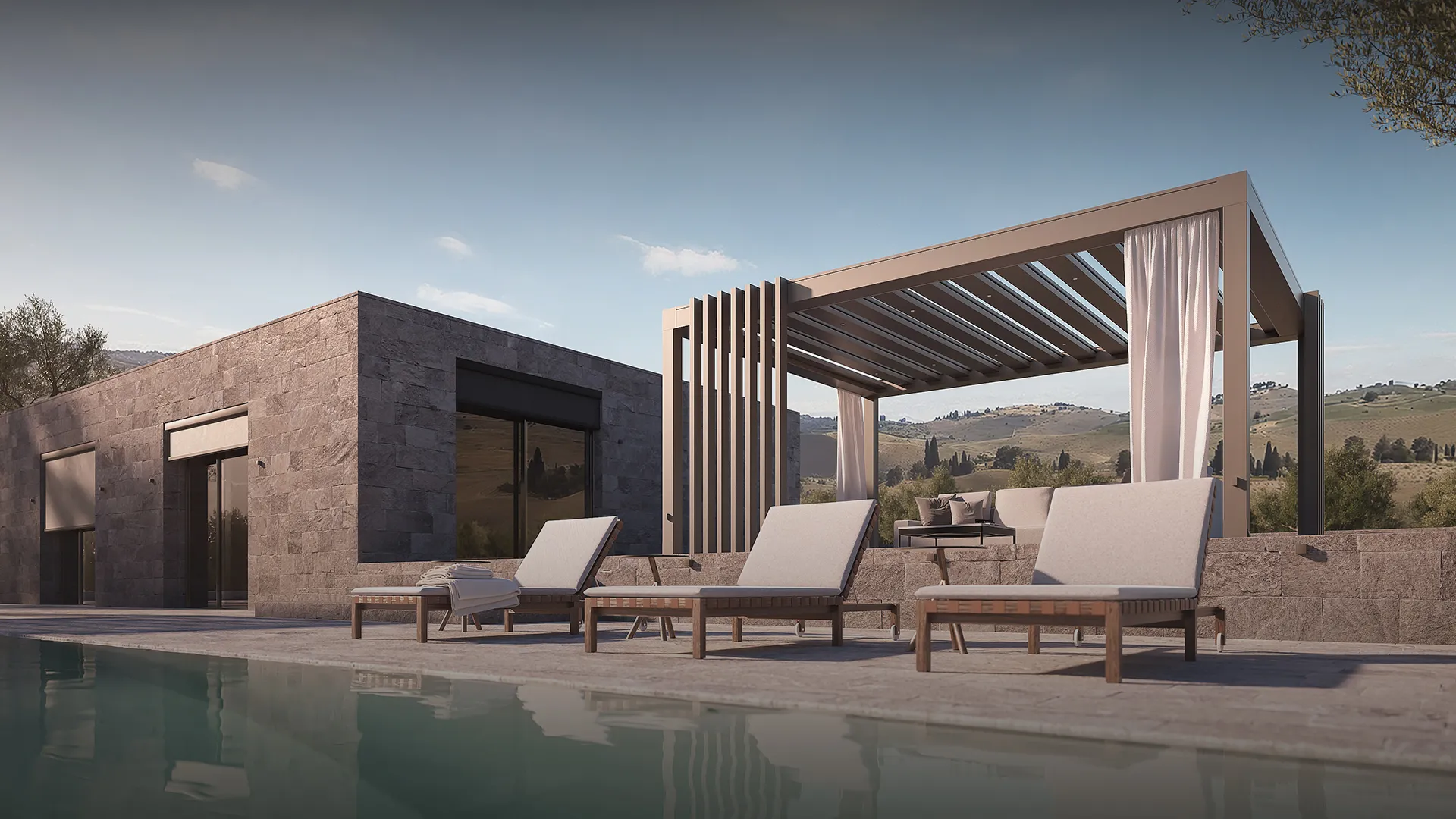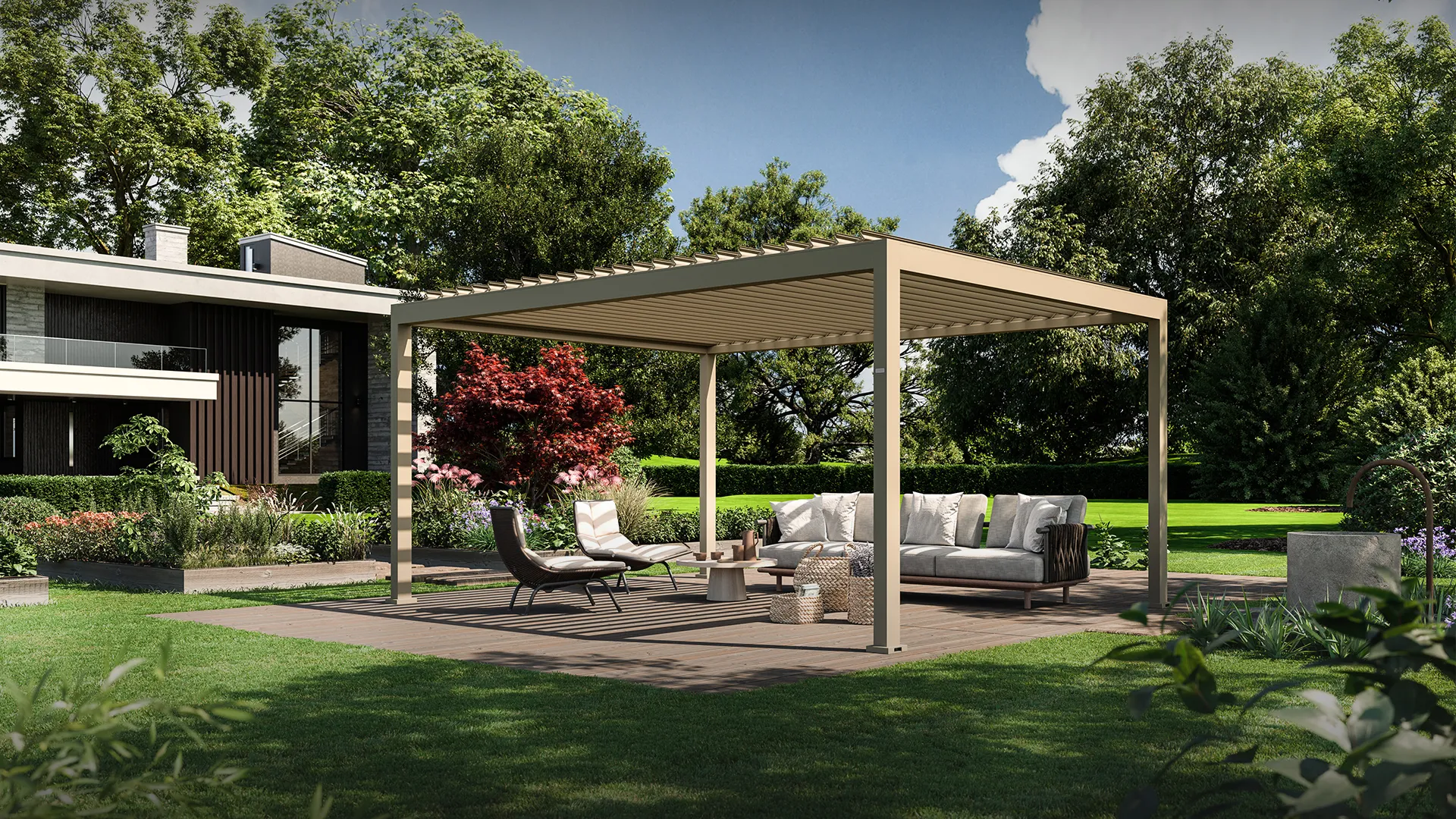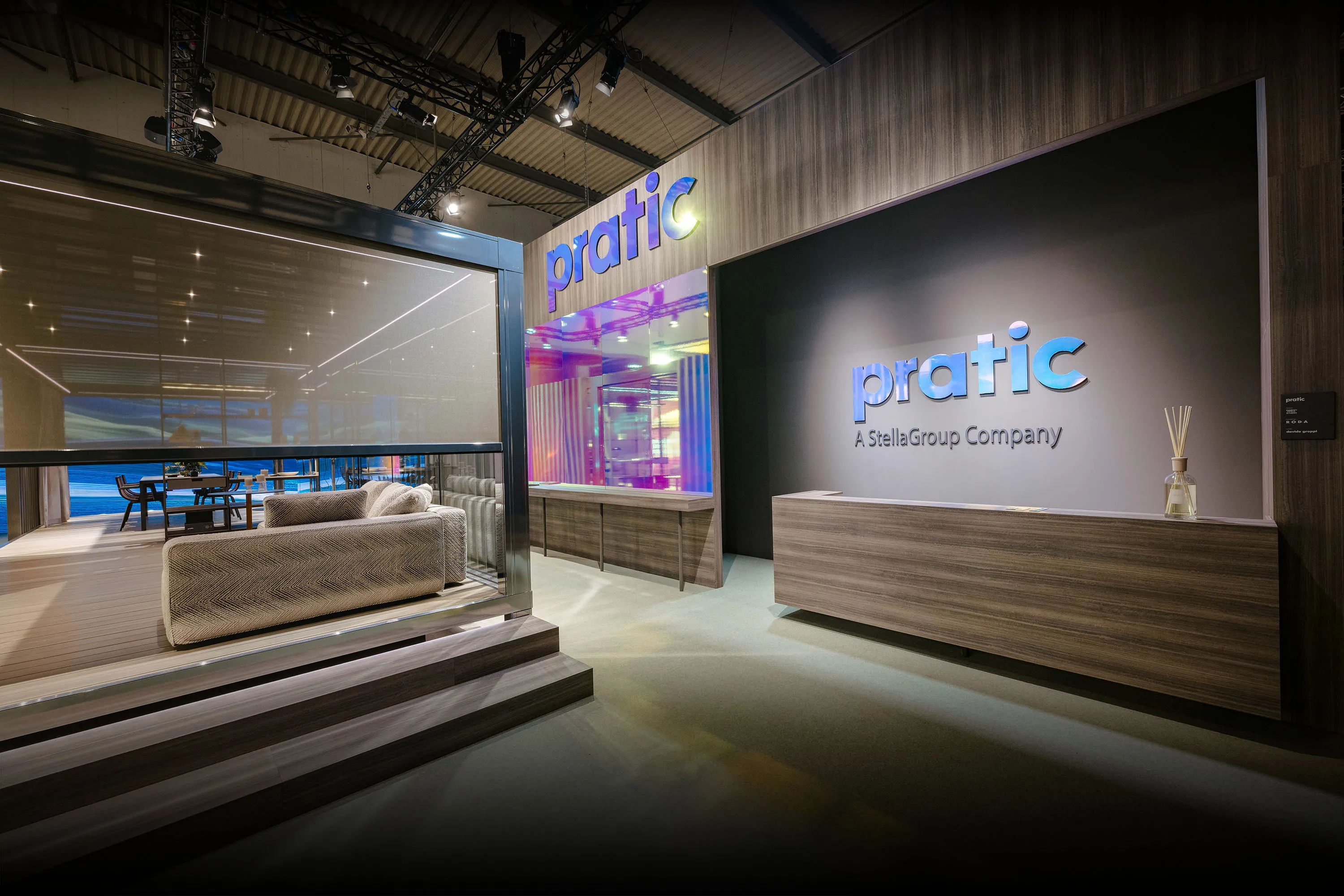Designing proximity
The search for a pervasive social element and the desire to fully experience open-air places reshape the appearance of urban areas thus outlining a new concept of proximity. Spaces that are increasingly inclusive and respectful of the environment and of the individual and collective well-being and that give life to a new concept of city, safe and engaging, where it’s easy to learn how to “reconnect” with the aid of design and technology.
The outdoors is: a place where people can congregate again. This seems to be one of the central elements in terms of how cities can develop with a careful urban reorganisation, encourage the proximity of services, shops, offices, schools and entertainment amenities so that travelling distances and the subsequent impact on the well-being of the inhabitants and that of the surrounding areas can be reduced.Paris, Genoa, Portland and Melbourne are just some of the aspiring “fifteen minute cities”, or city centres characterised by distances of up to 15 minutes, which promote green transport alternatives, including public transport, whether on two wheels or on foot, as well as the possibility of benefitting from any time people can save in order to socialise. It is an authentic network where you can easily find what you need, but also where you can also discover new and fundamental aspects of urban life, such as being healthy, learning, having interpersonal relationships and interacting with nature.These are elements that can easily be traced back to the outdoors, which plays a fundamental role in the new city model, as it constitutes the unifying element and favours creating spaces for meeting up, exchanging and growing which form an integral part of being a feature and respecting the environment. It provides a new, unprecedented and profound concept of feeling closer, which extends beyond the concept of physical proximity so that people can reconnect with immediate surroundings.
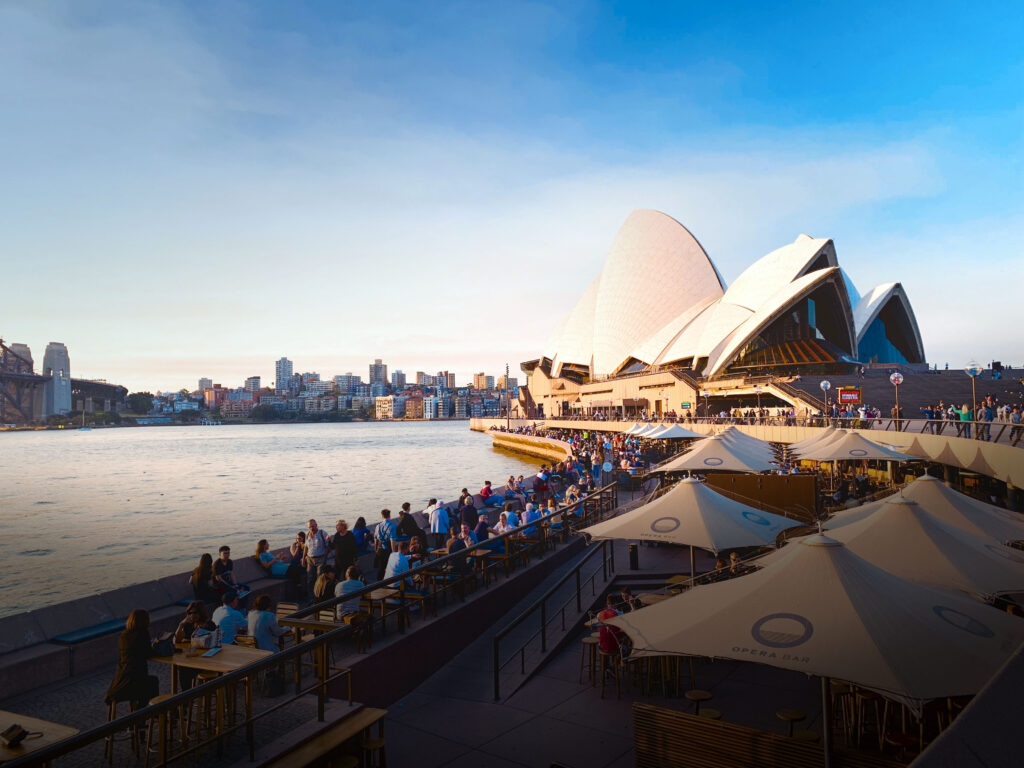
The natural rhythm with bioclimatic technology
A constant recirculation of clean air, the potential of the beneficial effect of sunlight and lack of pollutants are the elements that make the outdoor areas the ideal space for our psycho-physical state of well-being. It is exactly this new element which has turned on new spotlights on the environmental issue, making increasingly more urgent the committment to finding truly sustainable and planet-friendly living solutions. The virtuous connection between man and nature under these circumstances finds a pathway through when it comes to conscious architectures designed to integrate the open air element within domestic, work and leisure areas. One concept that is recently undergoing a revival just as it did in the past when it comes to promoting this idea is bioclimatic technology, because it outlines elements such as the exposure of the openings to the outside, the volume levels, how windows are used and natural mechanisms for ventilation and lighting. Bioclimatic pergolas focus on all of these principles, which allow people to benefit from contact with the outsideworld, while always remaining sheltered in any weather conditions. These allow you to modulate shading, air recirculation and temperature levels as they come equipped with a roof including sunshade blades and means you do not have to resort to solutions that negatively impact on consumption levels and emissions. This level of protection and the safe pergola means that you can be reunited and to reconnect with the nature that surrounds us.
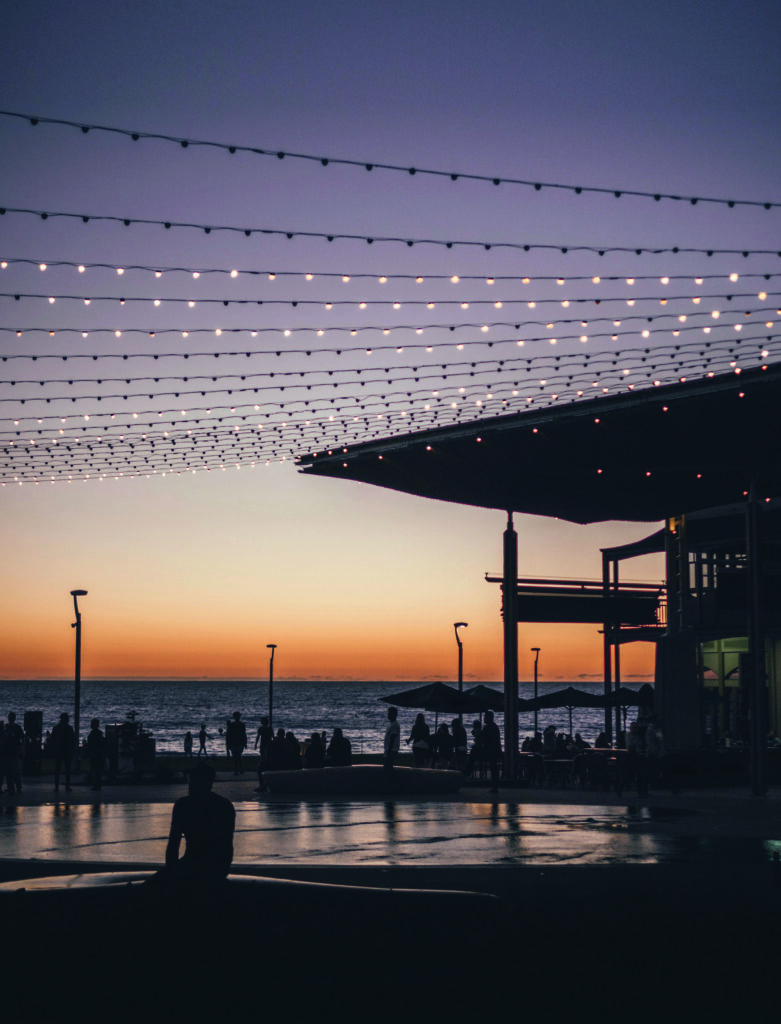
Brera series: three versions, infinite panoramas
The Pratic Brera series is the bioclimatic element that combines the desire for protection with that of a full opening towards the sky, thanks to its covering with retractable blades that can compact within a small area. Three versions: cover only (Brera B), or with Slide Glass windows (Brera S) or with windows and Raso (Brera P). The Brera Series can come be equipped with RGB perimeter LEDs and their self-supporting or wall-mounted modules can be positioned alongside one another for greater dimensions.
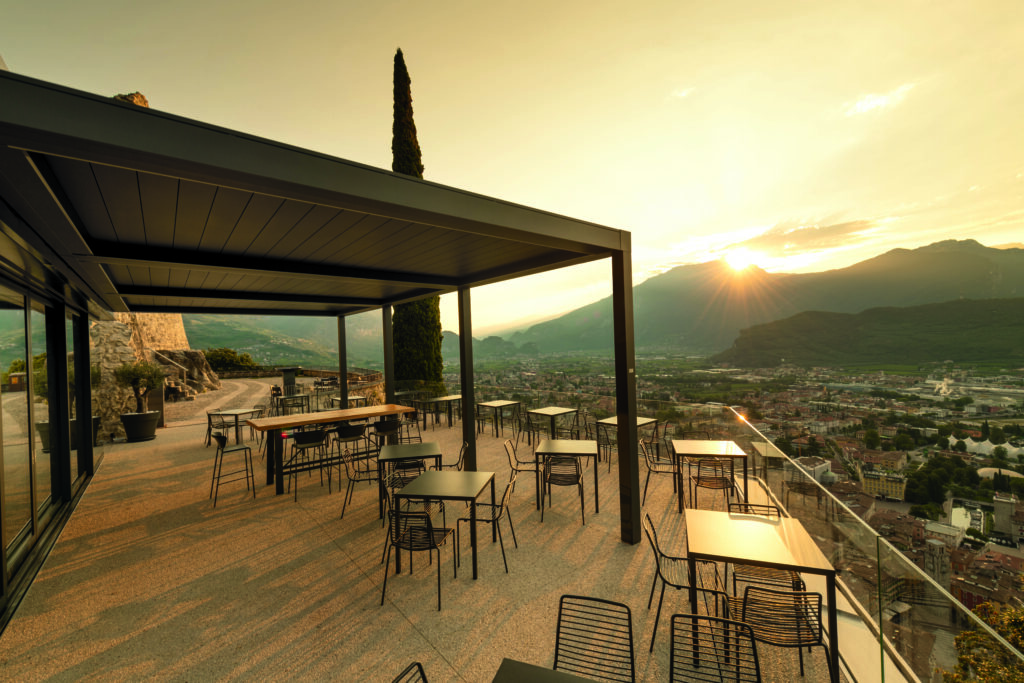
Being inclusive starts out with the design
A fully inclusive design is one which makes every environment usable for everyone in the same way from the outside, and which satisfies people’s demands with and without disabilities. It is in fact for this reason that real social integration provides added comfort and functionality, which allows anyone to share the same experiences.
This is one challenge which has been assigned above all to urban planning and design, and which must be able to be provided under a “transparent” guise so that is totally effective: this means that visible solutions make the elements of accessibility almost invisible. One small step, a corridor that is too narrow, and still mirrors and switches positioned too high may seem like minor details, but they do make the difference when when it comes to live the spaces. It is therefore essential to maintain a balance between accessibility and elegant aesthetics so these hurdles can be overcome and avoid having to resort to visually impacting adaptations that create that “special” effect, which is normally cold and unwelcoming. A wonderful and inclusive location does after all become an advantage for people with disabilities, however, it does also provide extra comfort for elderly people or parents with children and toddlers on the way who have been temporarily injured.
The Pedana Set, the foundation of an accessible outdoor area
Making the outdoors an inclusive area means you can switch easily between internal and external spaces, avoiding any steps, narrow passages and uneven flooring.
The Pratic Pedana Set offers a modular compensation system, which generates a perfectly flat surface, even if the installation surface level is uneven. The Set binds towards the uprights of the pergola are made of aluminium and can be integrated with LED lighting and any finish of the surface area people walk on. The supporting frames for the guides which also install Slide Glass 60 sliding windows are recessed into the floor platform level, which also makes it easier to enter the pergola and ensures a refined aesthetic.
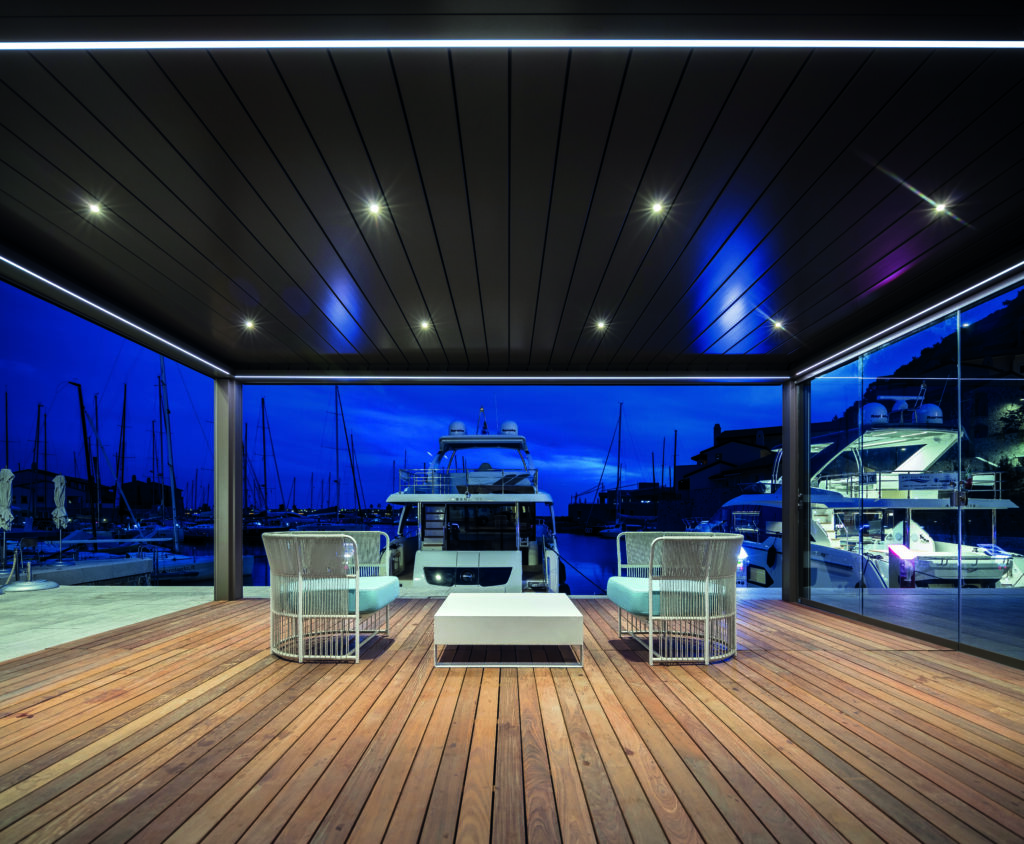
Home automation innovation: the connection without borders and without frontiers
This is one final element which can keep us connected with another and with the world we know technology and those specifically linked to the web and the IoT (Internet of Things). Technology has instead recently proved essential to guarantee proximity and also continues to offer tangible benefits in the field of sustainability and inclusion when it has often been accused of reducing social interaction.
Careful use of home automation systems helps reduce the amount of wasted energy. Just think of the integration of weather sensors inside awnings and pergolas: the solar covering automatically adjusts to give the best shade and prevent the rooms from becoming overheated as it can detect the intensity levels of both light and heat. The sensors however do provide protection and shelter from potential damage in adverse weather conditions.
Technological innovation also provides some help in managing roofs, because it is possible to manage every automation from a Smartphone and a tablet (therefore without the need for switches and even remotely) or this can also be done via a voice command to Google Home and Amazon Alexa in more simplistic terms, as in the case with Pratic coverings.
Eternally compatible systems
The automations of Pratic awnings and pergolas are compatible with any home automation system in homes, offices and in hotels. All of the covering features can be regulated via one single management system, which is of particular benefit to those who have systems specifically designed for use even by people with specific sensory impairments.

